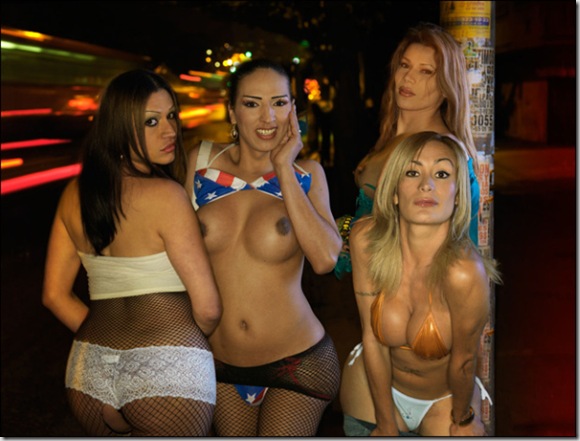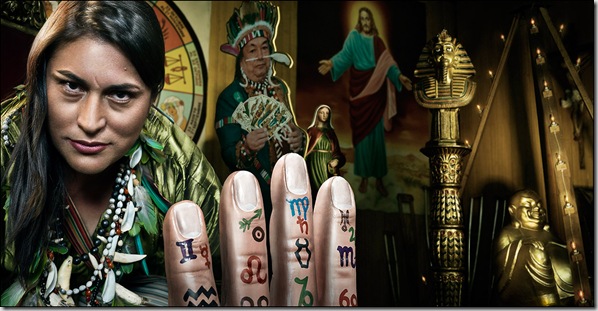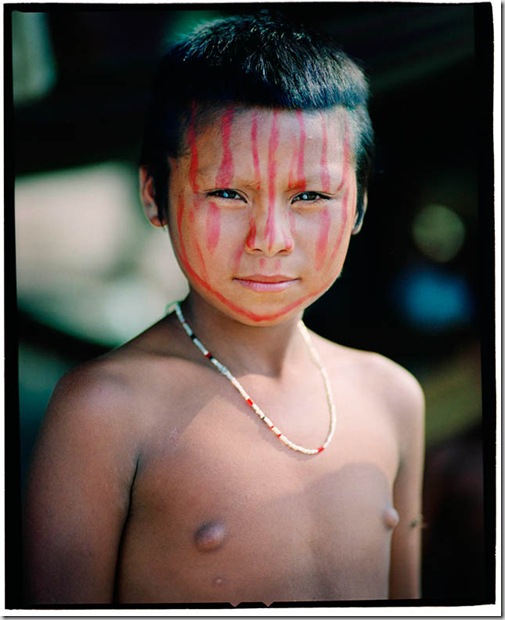Through his vast experiences in seeing a multitude of cultures, Van Iperen has been able separate his style from other photographers by capturing created moments that leave his viewers feeling the depicted emotion as if his photos were captured in real-time.
After shooting different types of photography with a variety of camera systems, Niels Van Iperen shares his story and why he’s shot with Hasselblad camera systems for over the last twenty years.
“I was born in the Netherlands and I started with photography at a very young age. At seven or eight years old, I was already developing and printing my own pictures, because an uncle of mine was a photographer and I was fascinated by the magic that he did.


When I was about fourteen or fifteen, I started taking my camera to rock concerts. My rock concert photos lead to me doing photos for magazines, concentrating on concerts and portraits. When I finished high school, I went to the Academy of Art to study photography. After completing my education in four years, I became a full-time music photographer. I did CD covers and loads of magazine shoots for a good number of years.
From there, people started asking me to do advertising shoots. It was then that I started getting into the commercial part of photography. One of the things that always fascinated me most about doing what I did was being able to travel, but as a music photographer, traveling is not as interesting as it might seem because ninety percent of traveling is getting on a plane and going to London, to New York, or to Los Angeles. So, you get to know those three cities very well but as of the rest of the world, you don’t see anything.
When I started doing more publicity shoots, which pay a lot better, I started traveling all over the place during my free time. By traveling, I found out that the continent that affected me most was Latin America. So then, on a number of occasions, I came to Latin America to do documentary series here, a lot of them on my own initiative, not commissioned at all. This way I got to know pretty much every country of Latin America except Colombia and a couple others. I refrained from visiting Colombia mainly because of its reputation of violence that it had. I avoided Colombia for many years until at some point, when traveling through Central America, a lot of people were telling me about Colombia and were really enthusiastic about it. I, then, decided I had to go see Colombia for myself.
When I got to Colombia, from the first moment on, I was like, ‘Wow, this is amazing!’ It [Colombia] was all the good things I liked about every other country in Latin America combined into this one country. Also, in the sense of the landscapes, you have a pacific coast, an Atlantic coast, three mountain ranges, and the Amazon, so there’s a lot of beautiful and diverse landscapes here. It was a huge difference from the Netherlands, where you have all these flat landscapes, that are beautiful for one or two photos, but if you have to take pictures all your life, you get bored after a while with the backgrounds.
Six months later I came back with the idea of staying here for a while, while working on a documentary on a Bolivian prison because I needed a place closer to Bolivia, that was not actually in Bolivia, due to running a lot of risk with the project so Colombia was perfect for the situation. The idea was to stay here for six months, but that was over eight years ago now!
In the meantime, I started working here, in Colombia, for ad agencies. In my free time, I do my own projects, mainly focusing on capturing things that are real different from our own culture. For example, a lot of the indigenous groups here are fascinating to me.
When I was studying photography, the Hasselblad was always the camera we’d all dream of and no one could afford. They had two Hasselblad loaner systems in our school that you had to reserve a month in advance. When I got out of school, I bought an old, second-hand Hasselblad 500c/m film camera for portraits. At some point, I kept using it but then I started working with a Hasselblad Flexbody for a while. The Flexbody was so tedious to work with, especially for portraits, so then I ended up buying a Fuji 680 that had a focus shift, and I used that camera next to an H1 until the Hasselblad CFV digital back came out that had adaptors for both the Fuji and the H1. Once I had the CFV-39mpx, I alternated between those two cameras, using the same CFV-39mpx digital back.
When Hasselblad came out with the HTS tilt and shift adaptor, it made my need for the Fuji completely obsoletely. Now, I use the HTS a lot in my work, which, in turn, also reduced my kit size. After the release of the Hasselblad H4D camera system, I, then, narrowed my kit down to using the H4D-60 and my Hasselblad H3DII-31 that I use when I have to walk the streets or go to bad areas. The H3DII-31 is more so like my snap shot camera, because I’d rather risk my H3DII-31 than my H4D-60. Plus, in a case where I’m outside and more dependent on available light, the micro-lenses of the 31 actually gives me an advantage and is an easy camera to work with because I can go up to 1600ISO, even in the worst lighting circumstances. Contrary to some opinions, it is easier to operate a medium format camera than a 35mm camera.
When I did music, the portraits had a lot of reportage parts in it, because you couldn’t always shoot a portrait of the artist. During this time is when I got really apt at doing a lot of the reportage type of work. When I started doing advertising [and currently], because of my experience in reportage, I knew pretty much how something should look in reality so I would try to recreate that in a controlled situation.

The idea is always to make something look as if it were a snapshot, but a snapshot where everything is controlled. I try to capture the ‘perfect moment,’ but because the perfect moment in a lot of cases isn’t something you conveniently find when you have your camera in-hand, I tend to recreate it in a way that doesn’t feel like it was recreated. Then, the audience is left with the doubt as to whether this was a moment in time or a completely set-up situation.

When having a concept in mind, my first steps are finding the location, finding the correct props needed, and finding the model or the subject, or someone that happens to be there, my final step before taking the shot is lighting the situation. When I can, I try to have full control of the light so that I can work in any circumstance and make the atmosphere I want. When I have the set ready, it’s all about directing the situation so that the thing I set out to capture actually happens.

Once I have my composition, I’m not hiding behind the camera; I am standing next to the camera. I am simply shooting and directing and not always looking through the viewfinder, but instead, trying to maintain contact with the subject. My Hasselblad helps in not being an obstruction between my subject and myself.

A camera, especially its ergonomics, is very important in achieving the photo you want. At the moment where you have to think about your camera and its not an extension of your brain and your hand, is the moment it becomes an obstruction for the whole process. The only camera that I know that I can work with as an extension of my mind, because it’s so intuitive, is the Hasselblad.

The TrueFocus feature is amazing for what I do. I usually have a series of shots where the camera doesn’t move much and the subject doesn’t move much, but I still have a very shallow depth to field, especially when using wide-angle lenses. So the TrueFocus feature gives me a considerable bit of difference, compared to other cameras, when wanting to obtain focus with a shallow depth to field.

During post-editing, I think the bigger the file size, the better, because it’s better to throw away than to be short, especially when it comes to the depth of the picture in bits. As soon as you need a smaller file, you just make it smaller, which is something you can’t do in reverse. When shooting with a 35mm, you usually shoot at higher volume so the amount of clutter [pictures and data unused] with a 35mm and a medium format are the same, but its better to reduce your clutter with a medium format camera than to have files that are not as flexible because you don’t have the range you do with the Hasselblad digital files.
The optical quality and ease of use, especially with the Hasselblad H-system cameras, is unmatched.”
www.niels.com
All images © NIELS VAN IPEREN


















Nessun commento:
Posta un commento